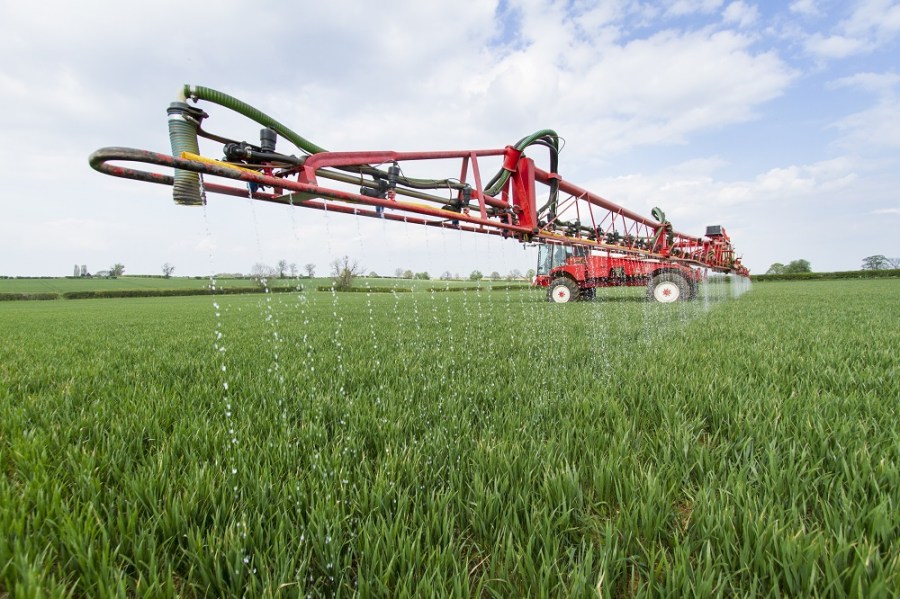High rainfall levels in Dec and Jan may have caused issues below the surface that ought to be taken into account when planning for first applications of nitrogen, according to the latest advice from Yara. Charlotte Cunningham reports.
Though crops got off to a good start in the autumn due to the favourable establishment conditions, the prolonged period of rainfall this winter could cause issues, says Natalie Wood, country arable agronomist at Yara. “The above average rainfall levels could mean that root systems have taken a knock due to sitting in wet, anaerobic conditions.”
According to Natalie, the result of this is robust growth on the surface without the necessary equivalent growth beneath to sustain it. “From above, we might think everything is fine. Out of view, the situation isn’t as it may seem. We therefore need to keep the pre-winter momentum going once crops start to actively grow again in a few weeks’ time.”
Natalie offered some advice on what’s required in light of the weather conditions over the past couple of months:
1. Ensure all the necessary nutrients are present
“In order to regrow that root system fresh phosphate and potassium are vital nutrients to go with nitrogen and sulphur at the first nitrogen application timing. Soil-P, in particular, doesn’t become available until soil temperatures are 8°C and above, whereas the crop starts growing at 4-5°C – meaning there could be a shortfall in the available-P. This would be another reason growth could be stalled, along with the poor root system.”
2. Use the right product
“Apply an NPKS product at the first nitrogen timing. This will give the crop the vital nutrients it requires and make them immediately available, letting the crop take them up quickly and efficiently while allowing the root system to grow and sustain the top-growth.”
3. Don’t overlook sulphur during second and third dressings
“For second and/or third dressing(s), make sure you use an NS product. We know that sulphur should be included with nitrogen applications. By splitting your sulphur across more than one application you will therefore get maximum nitrogen uptake and utilisation from sulphur sufficiency.”
The recent, poor weather conditions may have caused some invisible setbacks below the surface, but the challenge this creates is beatable. As always, prioritise maintaining soil health and effective nutrient management to ensure growth remains steady both above and below ground.




